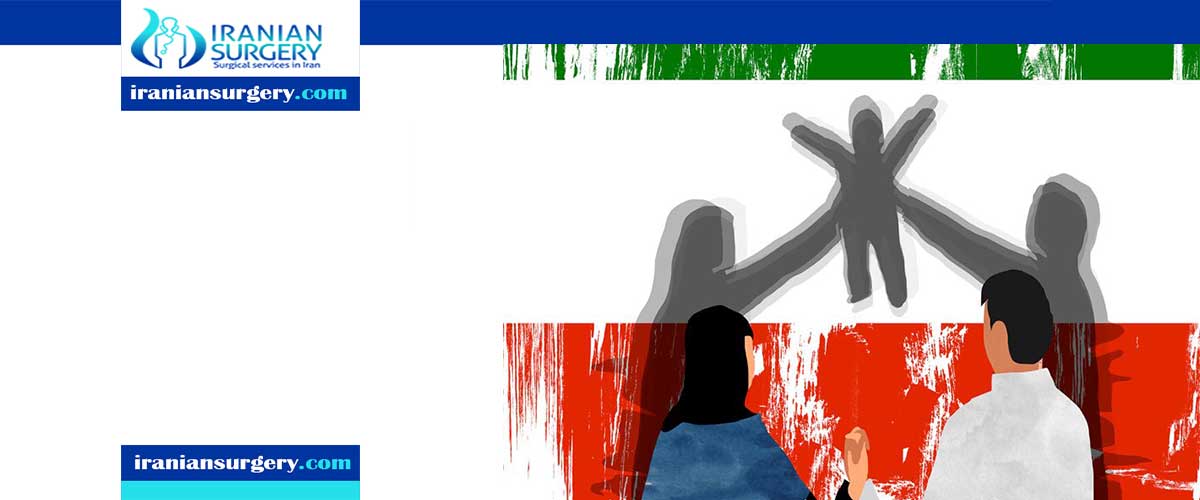Art infertility Treatment in Iran

Art infertility treatment
Differents method of ivf treatment in Iran
Art-assisted methods are called a set of infertility treatments in which the fertilized egg and sperm are euthanized in the laboratory and the fertilized egg is transferred back to the mother's body. One of the most well-known methods is IVF. You can find out more about these methods before starting treatment. You can learn about a variety of assisted living methods.
Assisted Reproduction Techniques
Auxiliary methods are treatments for fertilization of eggs and sperm and embryonic growth outside the body. Assistance methods include ivf and several similar methods. These methods are usually used in conjunction with fertility drugs to increase the success rate. About 5% of assisted reproductive medicine cases lead to the birth of a baby.
Assistance methods are aggressive and costly and may have side effects. When more than one embryo is inserted into the uterus, the possibility of multiple pregnancies increases, but so far, no long-term health effects have been observed for children born using these methods. For many people experiencing fertility problems, assisted reproductive methods are the best chance of having a biological child....
Common techniques of assisted reproduction
Depending on the condition of the male and female, the physician will choose any assistive techniques. If one technique fails after several treatment sessions, the doctor may resort to other techniques. The following are some of the most common assisted reproductive techniques:
IVF or IVF fertilization: The most commonly used fertilization methods are IVF. In this way, the eggs in the lab combine with your sperm. After fertilization, the embryos are given three to five days of opportunity to grow and then transferred to the womb.
Microinjection (icsi): If the IVF method has low male sperm count, microinjection will be used to fertilize the egg and sperm. Today, this is the most widely used method of fertilization in the ivf process. In this method, instead of placing a large number of sperm in the egg by the traditional methods, one sperm is injected directly into the egg. After fertilization, the resulting embryos grow for three to five days and then transfer to your uterus.
Eggs or donated embryos: If a woman is unable to fertilize through her own egg, IVF treatment may be performed using another woman's donated egg. The donated eggs are combined with the husband's sperm and the embryo is transferred to the recipient's womb. This procedure can also be performed with a donor embryo or donor sperm.
Alternate or rented uterus: If the embryo cannot be fertilized in the mother's womb, the doctor can place the male and female embryos in the uterus of another woman. It is also possible to receive donated embryos in an alternate uterus.
Other techniques of assisted reproduction
Some assistive procedures require surgery and are therefore more invasive. Because the chances of success of these techniques are similar to that of the IVF method, doctors usually use conventional assistive techniques such as ivf. In some cases, the doctor may recognize the need for other assisted reproductive methods depending on the circumstances. Here are some of the less common relief methods:
The gift method: In the gift method, the eggs are combined with the male sperm in the laboratory and then transferred to the uterus immediately after a small incision in the abdomen. As a result, fertilization occurs within the woman's own body and the embryo is implanted naturally.
Zift method: In the Zift method, the female eggs are mixed with male sperm in the laboratory, except that the doctor waits for fertilization to occur and then the embryo is transferred to the uterus through a small incision in the abdomen.
10 common question about art infertility treatment
[kkstarratings]



